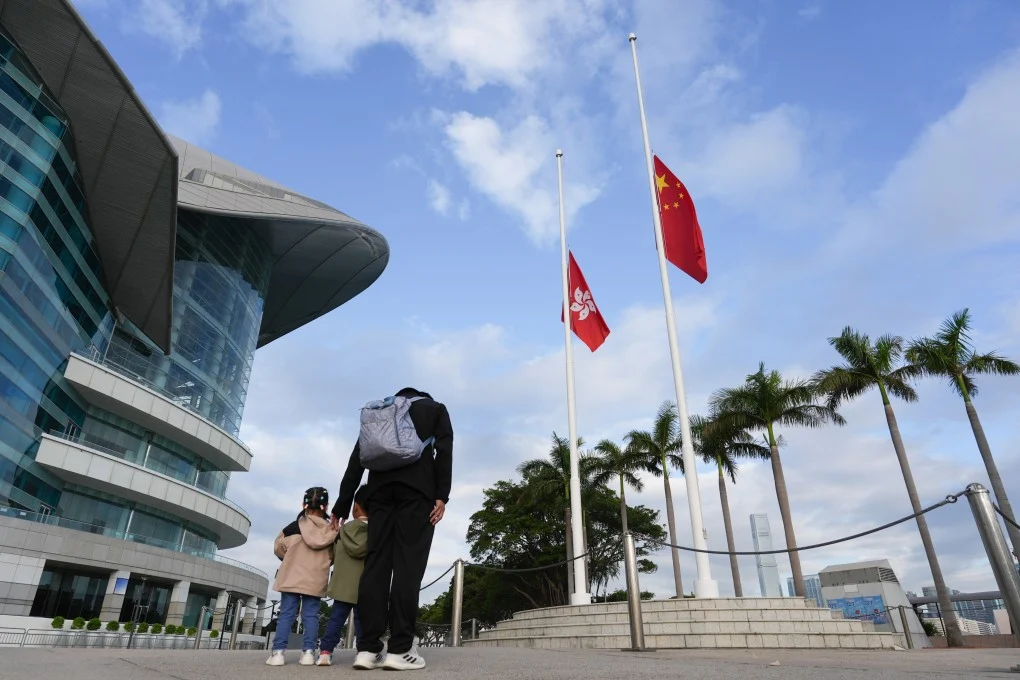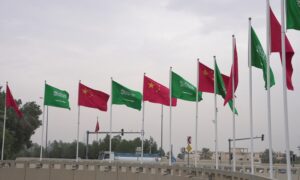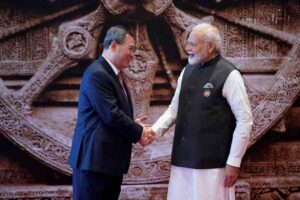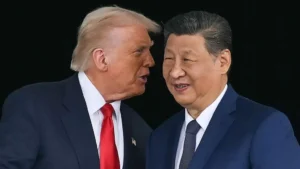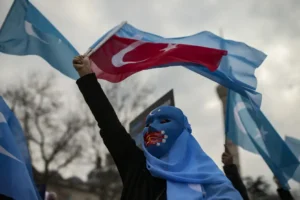Breaking China’s chokehold over the critical minerals supply chain
Under its Belt and Road Initiative (BRI), China has methodically consolidated its dominance over the global supply chain for critical minerals such as copper, cobalt, nickel, lithium, and rare earth elements (REEs), which are essential for manufacturing modern technologies. A 2025 AidData report shows that Beijing has channelled $56.9 billion through its state-backed institutions since 2000 to secure extraction and processing operations in 19 BRI countries, primarily in Africa, Latin America, and Southeast Asia. This financial heft has allowed China to outmanoeuvre Indian and its western competitors and position itself as the unrivalled pace-setter in the critical mineral sector. This systematic capture of mineral reserves underscores Beijing’s long-game playbook, which India and its allies must urgently counter.
Beijing’s dominance in critical minerals is underpinned by its ability to repurpose the BRI’s lending institutions. Initially, policy banks such as the China Development Bank (CDB) and the Export-Import Bank of China (China Eximbank) spearheaded mineral financing, accounting for 90% of pre-BRI lending. However, as repayment and environmental risks grew, China pivoted to syndicated loans involving state-owned commercial banks such as the Industrial and Commercial Bank of China and the Bank of China (BOC) and even non-Chinese creditors. By 2021, 79% of China’s critical mineral loans were syndicated, diluting risk while expanding control. For instance, the $1.59 billion syndicated loan for China Molybdenum’s acquisition of the Tenke Fungurume cobalt-copper mine in the Democratic Republic of Congo (DRC) involved CDB, BOC, and CITIC Bank. This shift reflects a pragmatic adaptation: outsourcing due diligence to commercial lenders while retaining strategic oversight.

